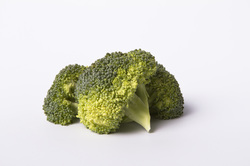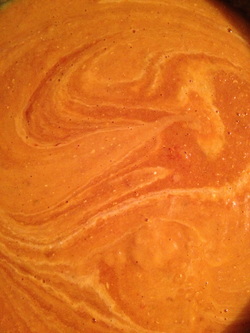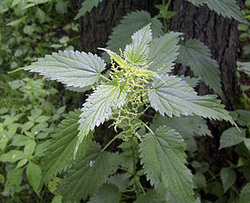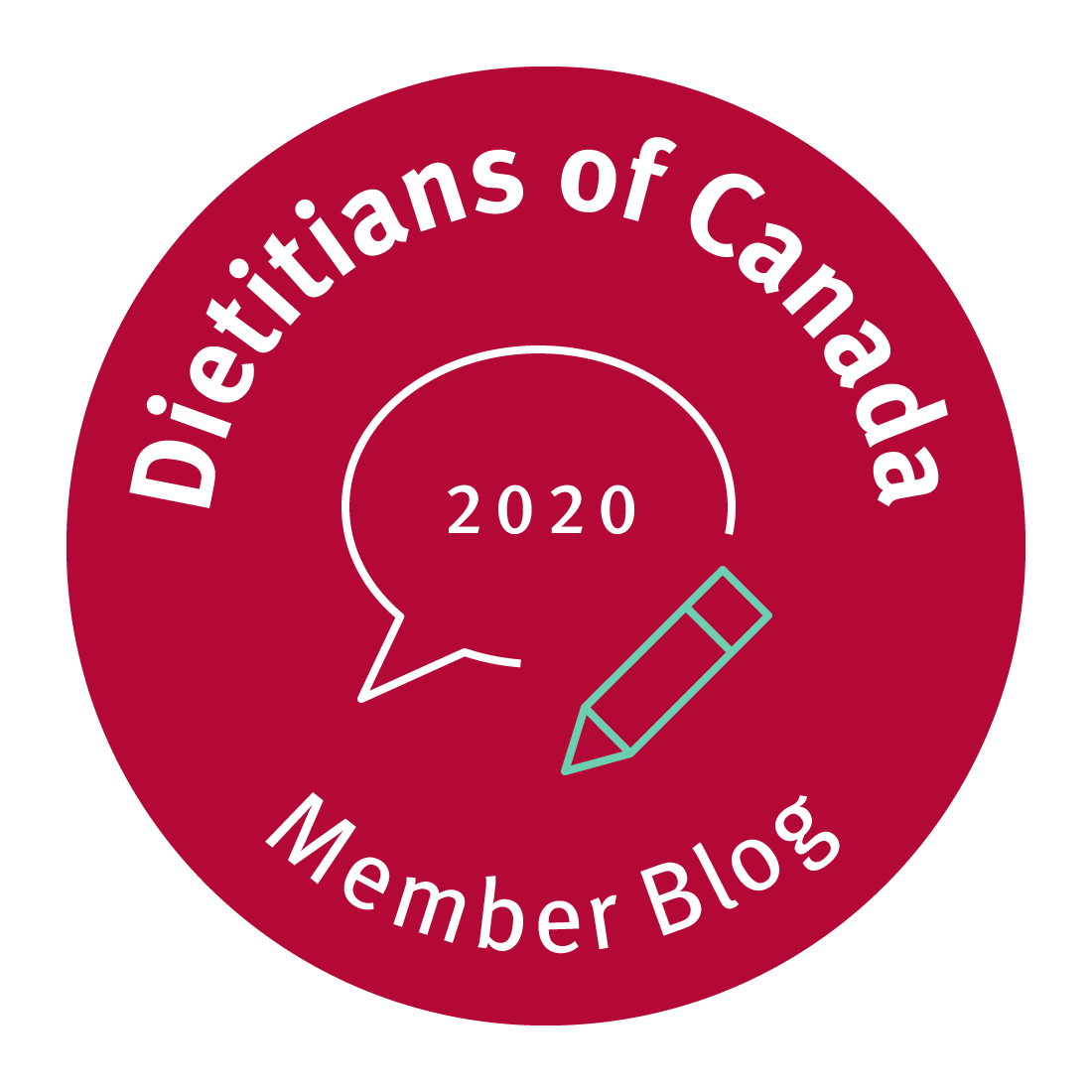
Here are some things to make your trip a success:
1. Pack a snack- take a snack that will keep your child occupied for a portion of the shopping. This allows you to speed through the shopping while they are having their snack.
2. Write a list- trying to remember all those items that you need to have meals for the family is too much. Writing a list is helpful to make sure that you have all of the ingredients you need for the meals you are planning on until your next shop.
3. Write a pro list- all grocery stores are laid out basically the same. Produce, dairy, meats and bread are around the other edges of the store. If you know your store well take a minute while writing the list to think of the location of the items you need. If you list them in that order,you should be more or less able to tick them of your list as you go. This way you’re not running back and forth around the store, making your time even more efficient. If this seems like a lot right now that’s ok. We always need something to work towards right?
4. Take the list with you- writing a list is one thing but remembering to take it with you is another thing. Just remembering to take the list with you is a success so be sure to give yourself credit.
5. Involve your kids- get them to choose some fruit and vegetables that they want to try this week.
6. Involve your kids at checkout- get them to lift items they are able to out of the basket, scan items, put items into bags, etc.
7. Know if the store gives stickers, balloons, etc.- sometimes distraction never hurts
8. Breathe!
Finally remember that even if you do everything to help the trip go more smoothly there is never a guarantee. Also remember that you are not alone in this grocery -shopping mission.
Need help with meal planning or writing your grocery list? Contact Jill, Nurture The Future's Registered Dietitian at [email protected]




 RSS Feed
RSS Feed

.png.aspx?width=150&height=150)
